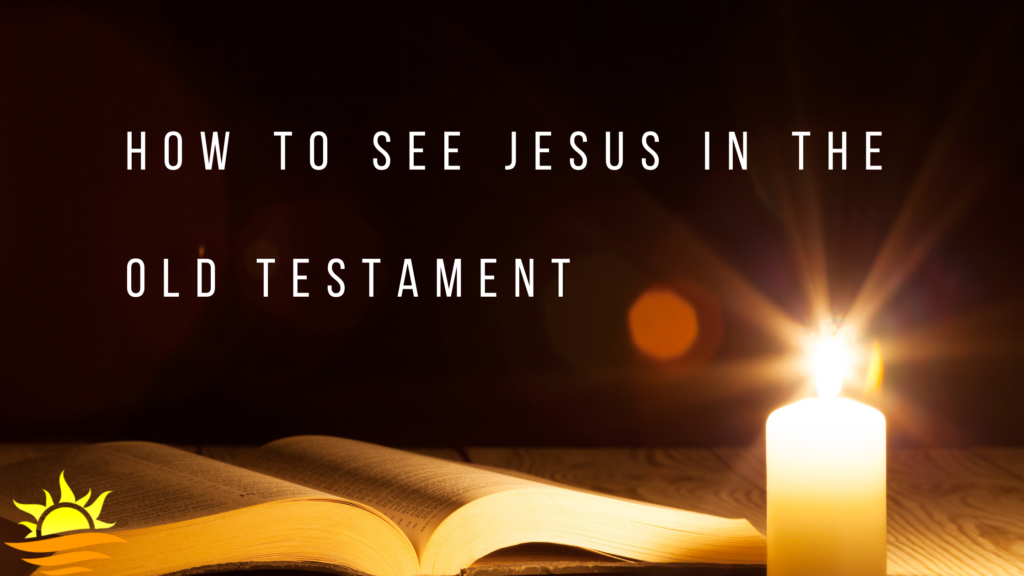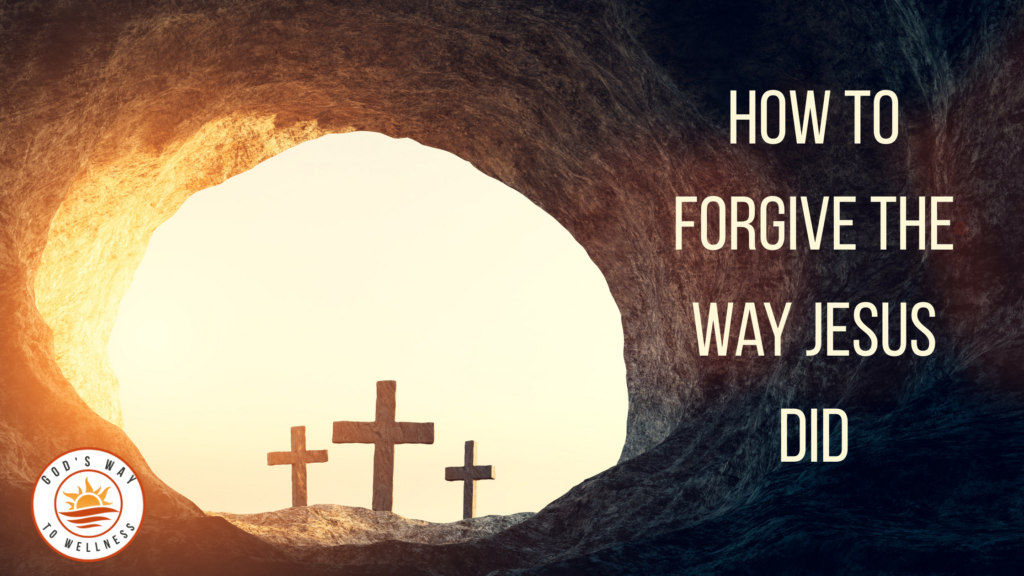Did Jesus suddenly appear as a newborn infant in the New Testament? Certainly not! As I revealed in my previous post, the Old Testament is relevant today because the entire Bible is the story of Jesus.
How do we see Jesus in the Old Testament? One way is by typology.
What is typology?
A type in the Bible is a person, object, event, or ceremony in the Old Testament that foreshadows some future person, object, event, or ceremony in the New Testament. A shadow is not an exact image, but an imperfect representation of the real thing.
For example, the bronze snake placed on a pole by Moses to heal the Israelites is a type of the sacrifice of Jesus on the cross (Numbers 21:4-9 and John 3:14-15).
Jonah’s experience of being swallowed by a big fish and spending three days in its belly is a type of the death, burial and resurrection of Jesus (Jonah 1:17 and Matthew 12:40).
In fact, the entire sacrificial system established by God for the Israelites was a type of Jesus’ final and perfect sacrifice (Hebrews 9:19-26).
Elisha as a type of Jesus
We see Jesus in the Old Testament in so many places, but let’s discuss one type of Jesus, the prophet Elisha.
Elisha was a prophet to the divided Kingdom of Israel for over 50 years during the reign of these evil kings: Ahaziah, Joram, Jehu, Jehoahaz, and Jehoash.
Sometimes Elisha’s ministry is overshadowed by that of his teacher and mentor, Elijah. Even though their names are similar, Elisha’s ministry differed from Elijah’s.
The purpose of Elisha’s ministry was to restore respect for God and His message, and to show God’s mercy and love for His people.
How is Elisha a type of Jesus?
Ministry beginnings
Scripture compares John the Baptist to Elijah in appearance and their powerful messages to repent (Matthew 17:11-13).
The leadership of John the Baptist was transferred to Jesus, while the leadership of Elijah was transferred to Elisha (2 Kings 2:7-15 and Matthew 3:11).
The ministries of both Elisha and Jesus began at the Jordan River. John the Baptist baptized Jesus, which was symbolic of transferring his ministry to Jesus, and the Holy Spirit descended upon Him (John 1:32-34).
Elisha also began his ministry on the banks of the Jordan River. As God took Elijah up to heaven, Elisha asked for a double portion of Elijah’s spirit. Symbolizing the transfer of power, Elisha took Elijah’s cloak and parted the waters of the Jordan to cross over it (2 Kings 2:7-15).
Similar miracles
Elisha invested in people’s lives, as Jesus did. Both were compassionate and performed miracles to help people in their daily lives, especially the poor and needy.
For example:
- Both Jesus and Elisha raised a son from the dead (2 Kings 4:18-37 and Luke 7:11-17).
- Jesus fed a crowd of over 5000 people with five loaves of bread and two fish. Elisha fed 100 men with twenty barley loaves (2 Kings 4:42-44 and Matthew 14:13-21).
- Both performed miracles to help others. Elisha multiplied olive oil for the Shunammite woman to provide income for her after the death of her husband. Jesus turned water into wine to preserve the reputation of friends (2 Kings 4:1-7 and John 2:7-11).
- Jesus and Elisha healed lepers (2 Kings 5 and Mark 1:40-45).
Death brings new life
Elisha even performed a miracle after his death. A dead body came to life when thrown into Elisha’s tomb (2 Kings 13:20).
Jesus’ death and resurrection reconciled us with God and offered us eternal life with Him.
Final words
God sent His Son to earth to bear the burden of the world’s sin, but Jesus did not suddenly appear as a baby born in a manger. Every book of the Bible reveals God’s plan for our salvation in Jesus.
The story of Elisha shows us an imperfect foreshadow of Jesus. All other types and shadows fade away, but Jesus remains forever.
For more information, check out Spoken Gospel to see Jesus in the Old Testament. Their mission is to speak the gospel out of every corner of scripture in every corner of the world.
Action
Read a passage in the Old Testament and consider, does anything in this scripture foreshadow or anticipate Jesus?



